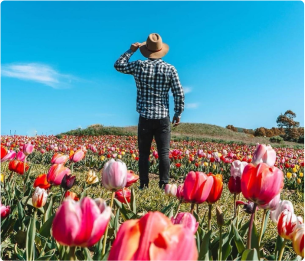
February
February is in the spirit of carnival revelry, where pagan masks are the main protagonists, performing traditional rituals and celebrating the cycle of life and nature, death and birth. The most impressive parades take place in villages inland, where the masks are both an ancient heritage and a staunch symbol of the community. The inhabitants of Ottana best represent the bull replicas of Boes and their human forms of Merdules; in Mamoiada the sound of cowbells on the backs of Mamuthones and the swing of the lasso of Issohadores; in Fonni the soot-smeared faces of Buttudos catch the exultant Urthos; in Orani Su Bundu threatens their audience with pitchforks; and in Lula Su Battileddu spill their own blood. You can see all the masks not only in the places of their origin, but together with others, less known, also during numerous parades throughout Sardinia.
The opposite of these wild, animalistic performances is the Sa Sartiglia carnival in Oristano, in the west of the island. The famous local horse race is a display of nobility and horsemanship. Wearing a ceramic mask, black hat, veil and white shirt, the knights called Su Componidori compete in a traditional discipline. Their goal is to impale a star, suspended in the air, on the tip of their thin sword during a wild gallop through the city centre. The dressing and subsequent undressing of the contestants is very attractive and popular part of the program.
The weather in February is very similar to this in January, with daily temperatures around 13 degrees. Cool days accompanied by strong winds and rains alternate with mostly dry and sunny days, creating ideal conditions for hiking and cycling.


